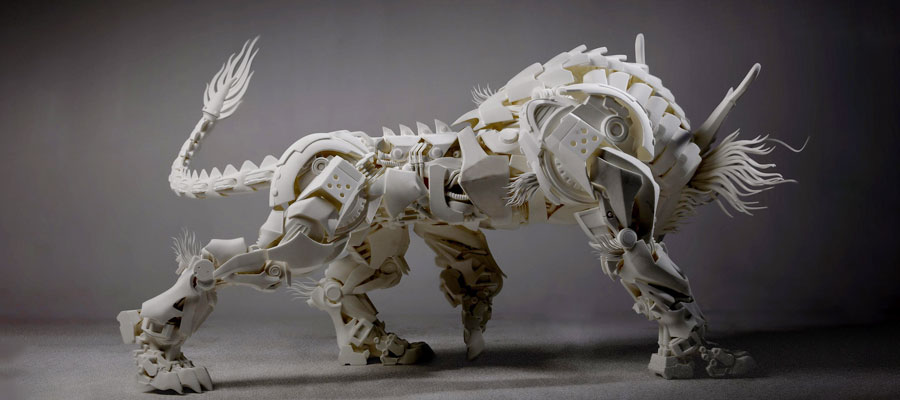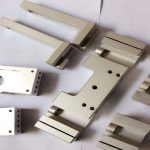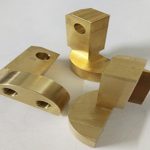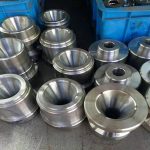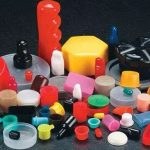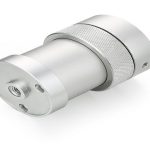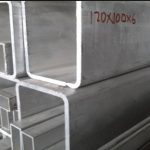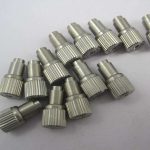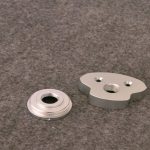3D printing affects the application of quantum technology
| Like manifold components in the aerospace or oil and gas industry, the large number of vacuum connectors and joints between components can increase the risk of leakage, especially when the joint is subjected to temperature changes and mechanical stresses. |
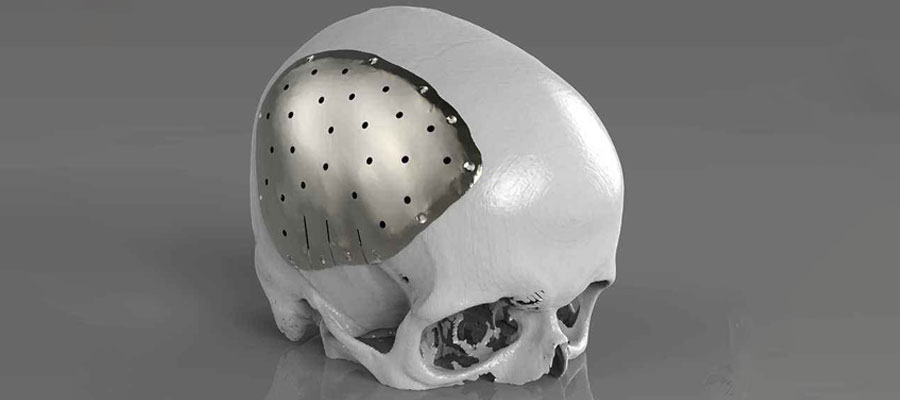
Structure integration can be achieved through 3D printing, eliminating the need for the original vacuum joint design, integrating functions and reducing the size of the vacuum components, reducing weight and increasing power. This is the benefit of 3D printed vacuum components for quantum technology applications
.Previously, the idea of manufacturing vacuum components by 3D printing was difficult to achieve due to problems with the porosity and mechanical strength of parts made by powder bed metal melting 3D printing technology. However, the latest developments in powder bed metal melting 3D printing technology have advanced the process capability to meet the requirements for density and mechanical properties. Thanks to these advances, 3D printing technology through powder bed metal melting has begun to address key components in many fields. Design and manufacturing have a profound impact.
After manufacturing this integrated vacuum module, scientists applied it in an ultra-high pressure environment to create a vacuum chamber that can accommodate extra-high pressures, providing the performance needed to capture cold atomic clouds. The atoms are cooled and held in place by a combination of laser beam and magnetic field.
To make the vacuum components as light as possible, scientists have improved the geometry of their ports, minimizing the space between them, and adding a thin inner skin to accommodate the UHV. In addition, the symmetry of the chamber design is maintained, ensuring that the port remains perpendicular to the beam path of the laser beam, which helps to minimize optical transmission losses.
The entire process is one of the most fascinating, original and best-of-breed applications of additive manufacturing to date. As with all heat exchange systems manufactured by 3D printing, the design of the vacuum assembly contains a lattice structure which increases the external surface area to volume ratio of the chamber and contributes to heat dissipation. The final chamber design is compatible with standard UHV ultra-high vacuum equipment.
In addition to the chamber, Added Scientific has developed a magnetic coil forming insert with a built-in water-cooled channel to explore the advantages of additive manufacturing.
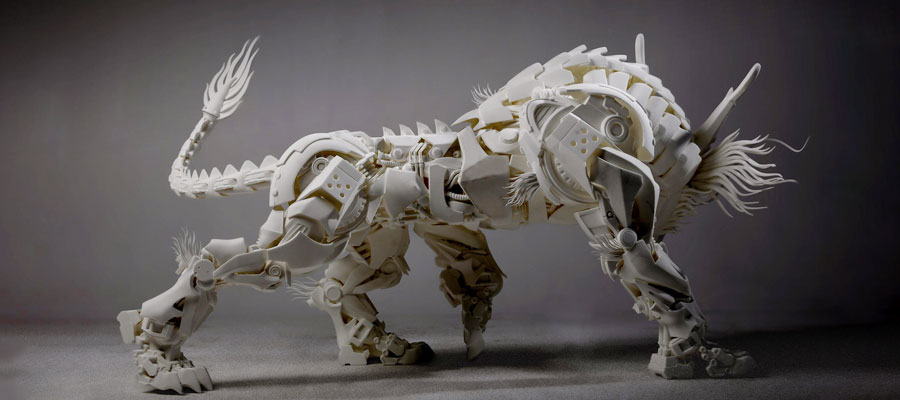
The vacuum assembly is produced using aluminum alloy AlSi10Mg (the most commonly used aluminum alloy in additive manufacturing) because of its high specific strength 3 and low density. In addition to the typical heat treatment, Added Scientific also uses a separate “aging” heat treatment to increase the strength of the material.
Another consideration is the rough surface of the parts made by PBF powder bed metal-melting 3D printing technology. For UHV applications, the increased surface area is believed to increase the likelihood of outgassing. However, after extensive testing, the team found that the acceptable operating temperature range reached 400 ° C even without further optimization of the material and protective layer.
For quantum technology applications, the advantages of 3D printed vacuum components are obvious. The quality of the MOT prototype made by Added Scientific is 245 grams – 70% lighter than the commercially available stainless steel equivalent.
This saves the research team a lot of valuable lab space and an important step towards the portability of future devices. In principle, if the chamber is integrated into a specially designed and further optimized system, the chamber can be made smaller.
With the desire for quantum technology and the rapid maturity of related markets, the development of the capacity of vacuum chamber components integrated with 3D printing structures will greatly support the UK’s National Quantum Technology Program and the government’s commitment to developing the quantum technology industry in the UK.
In the long run, 3D printing technology is likely to drive the revolution in vacuum system design. The introduction of additive manufacturing technology into the vacuum system will obviously affect the application of portable quantum technology, and may also affect the wider scientific and industrial world. At the same time, this highly complex vacuum system clearly demonstrates the advantages of 3D printing technology in the manufacture of any complex system.
Link to this article: 3D printing affects the application of quantum technology
Reprint Statement: If there are no special instructions, all articles on this site are original. Please indicate the source for reprinting:https://www.cncmachiningptj.com/,thanks!
Link to this article:3D printing affects the application of quantum technology
Reprint Statement: If there are no special instructions, all articles on this site are original. Please indicate the source for reprinting:Tungusten,Thanks!^^

